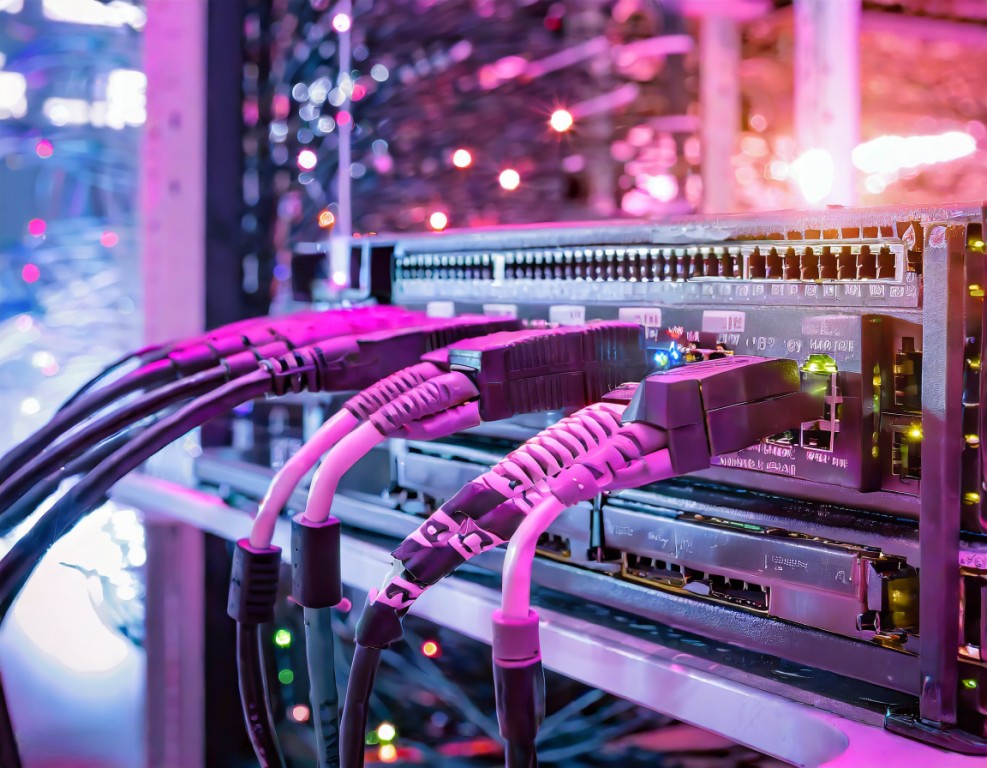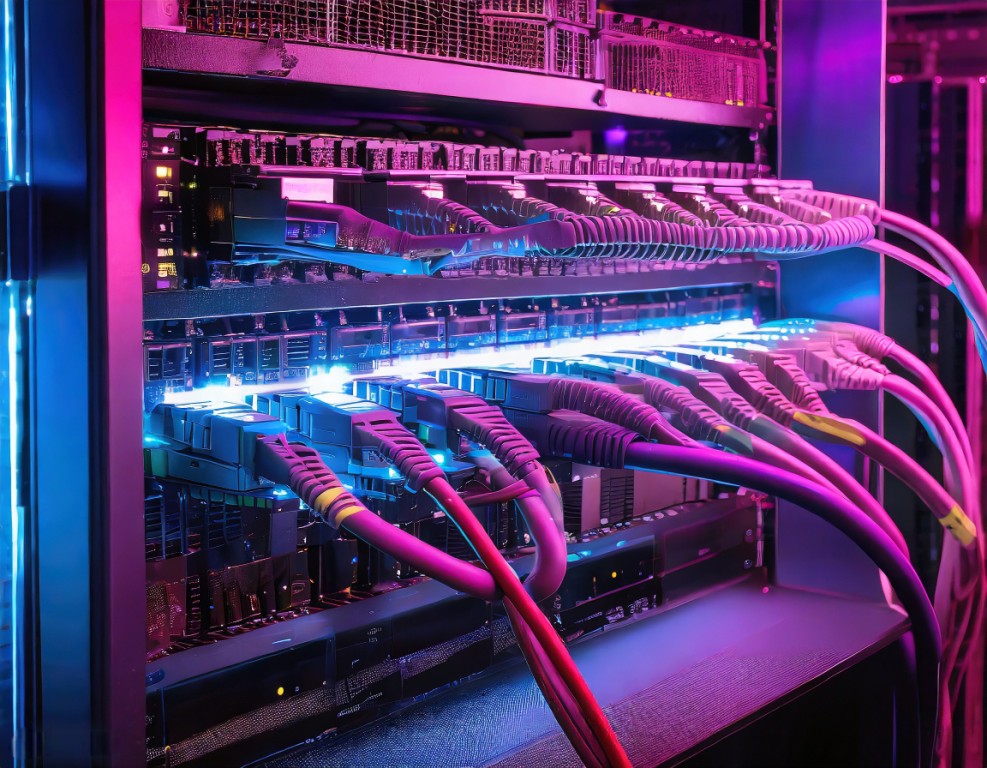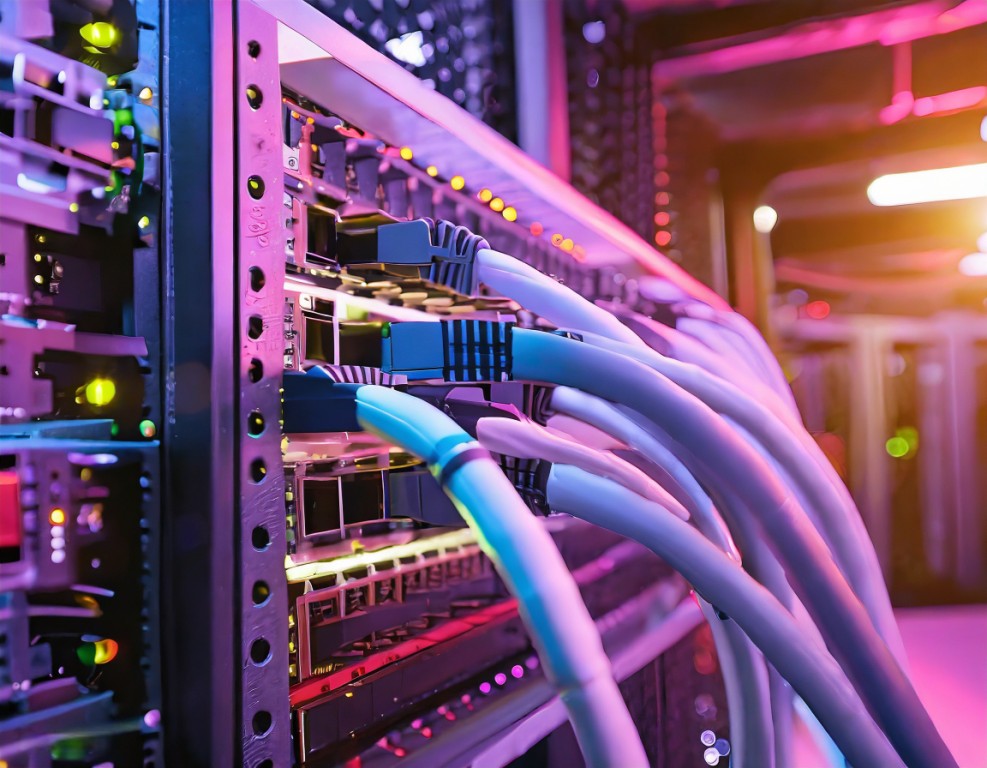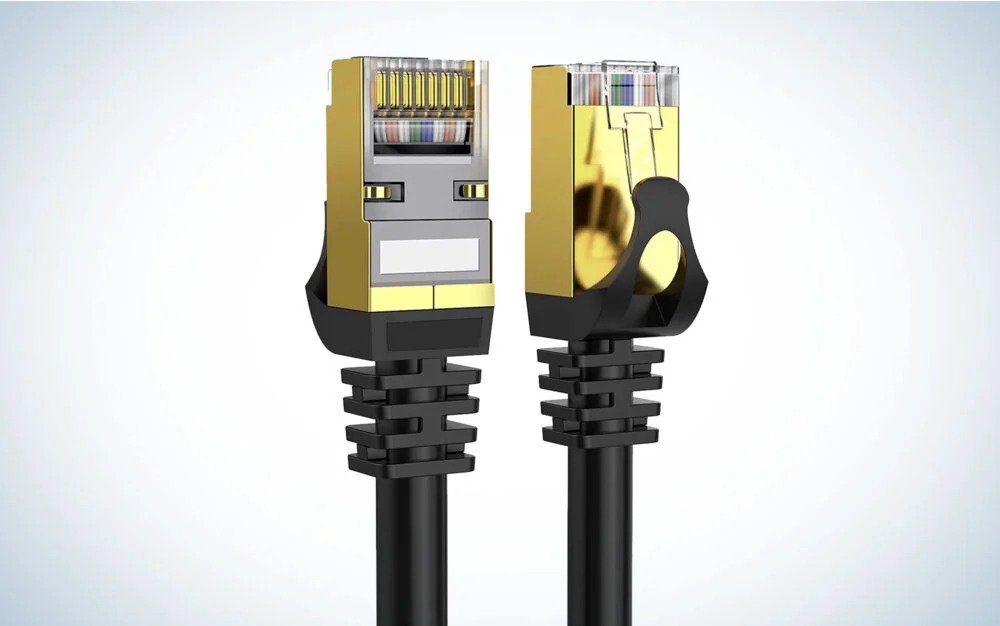Wifi Ethernet cable is an essential technology for connecting devices to the internet in Dubai and the UAE. Wi-Fi provides wireless connectivity, allowing users to access the internet from various locations, while Ethernet cable offer a wired, reliable connection. These technologies play a crucial role in keeping people connected and powering the digital landscape in this modern, thriving region.
I. Wifi Ethernet Cable

- Speed: Ethernet cable provides faster and more reliable connections for bandwidth-intensive tasks like gaming and streaming.
- Stability: Wifi signals can be affected by interference, while Ethernet cable offers a stable and consistent connection.
- Mobility: Wifi is convenient for mobile devices, while Ethernet cable is ideal for stationary devices.
- Security: Ethernet cables are known for their enhanced security, offering robust protection against potential hacking threats, unlike their more vulnerable wireless counterparts.
- Setup: Wifi is easier to set up, while Ethernet cable may require more installation effort.
- Cost: Wifi is typically more affordable, as it doesn’t require additional hardware.
- Best for Gaming: Wifi ethernet cable is the go-to choice for low latency and high-speed gaming experiences.
- Versatility: Wifi is versatile, allowing multiple devices to connect wirelessly.
- Future-Proofing: Ethernet cable may require updates as technology advances, while Wifi can adapt more easily.
- Preference: The choice between Wifi Ethernet cable depends on individual needs and preferences.
II. LAN Cable 100 Meter

- Cable Length Matters: A 100-meter LAN cable is designed for extended network connections, making it ideal for larger spaces.
- Versatility: Its adaptability shines across diverse network landscapes, catering seamlessly to home, office, or data center infrastructures.
- Minimal Signal Loss: With proper installation, a 100-meter LAN cable minimizes signal loss and maintains network stability.
- Ethernet Compatibility: It’s typically used for Ethernet connections, providing reliable internet connectivity.
- Installation Considerations: Ensure proper cable management and shielding to prevent interference over long distances.
- Longevity: Quality cables can last for years, offering a cost-effective networking solution.
- Professional Installation: For optimal performance, consider professional installation in complex setups.
- Cable Categories: Choose the appropriate cable category (e.g., Cat 5e, Cat 6, or Cat 6a) based on your network needs.
- Cable Testing: Regularly test and maintain your LAN cable to ensure it performs at its best.
- Future-Proofing: Investing in quality cabling can future-proof your network, accommodating higher data rates and technology advancements.
- Signal Boosters: In cases of extremely long runs, signal boosters or repeaters may be necessary to maintain signal strength.
III. LAN Cable Connector

- RJ-45: The most common LAN cable connector, used for Ethernet networks.
- BNC: Used for coaxial cable networks, such as early Ethernet networks and ARCNET networks.
- MTP/MPO connector: A type of fiber optic connector used in high-density LANs.
- AUI connector: An older Wifi ethernet cable connector used with thick coaxial cable.
- 10BASE-T connector: A Wifi ethernet cable connector used with a thin coaxial cable.
- IBM Mini-BNC connector: A type of BNC connector used with IBM Token Ring networks.
- DIN connector: A type of connector used with some older European LANs.
- DECnet connector: A type of connector used with DECnet networks.
- FDDI connector: A type of connector used with FDDI networks.
IV. Internet Cable

- Coaxial cable: The ubiquitous coaxial cable reigns as the favored choice for internet connectivity, with an overwhelming preference among cable internet providers. Its construction features a copper core enveloped by insulating layers and fortified by a protective metal shield. Coaxial cable can provide speeds of up to 10 Gbps.
- Fiber optic cable: Fiber optic cable is the fastest type of Wifi ethernet cable, and is used by some cable internet providers and most fiber internet providers. Fiber optic cables unleash mind-bending speeds, scaling up to a colossal 100 Gbps or beyond.
- CAT5e cable: CAT5e cable is a type of twisted pair cable that is commonly used for home and office networks.
- CAT6 cable: CAT6 cable is a newer type of twisted pair cable that can provide speeds of up to 10 Gbps.
- CAT7 cable: CAT7 cable is the fastest type of twisted pair cable, and can provide speeds of up to 100 Gbps.
- Direct-attach copper (DAC) cable: DAC cables are used to connect two devices directly together, such as two servers or two network switches.
- Active optical cable (AOC): AOC cables are similar to DAC cables, but they use fiber optic cable instead of copper wire.
A. Does Ethernet Cable Affect Wifi Speed?
Ethernet cables do not directly affect Wi-Fi speed since they are two separate technologies. Ethernet delivers a rock-solid, lightning-fast wired connection, consistently outperforming the often fluctuating speeds of Wifi. Using Ethernet can free up Wi-Fi bandwidth for other devices, potentially improving overall network performance.